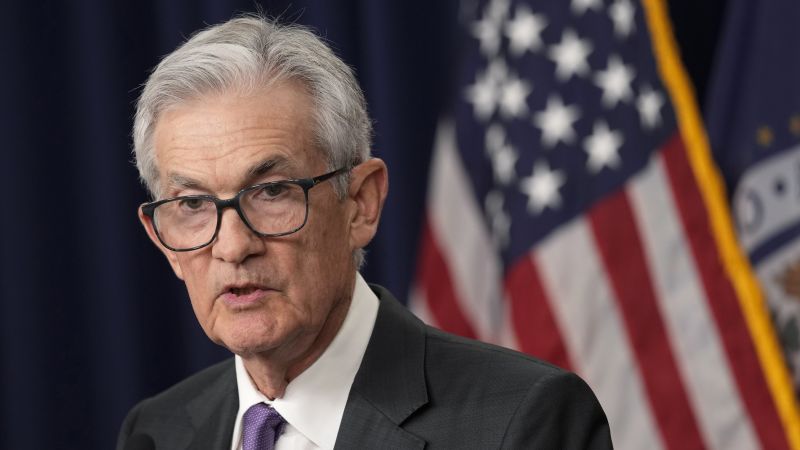Interest rate cuts have been the focus of Wall Street since the end of last year, but recent data showing stubborn inflation has raised concerns about a potential rate hike. Inflation slowed in 2023 as the Fed raised rates to a nearly quarter-century high in July, but recent economic data hasn’t shown much improvement. The March Consumer Price Index report revealed a 3.5% increase in prices from a year earlier, higher than expected and the highest reading in six months, driven by surging gas prices and housing costs. This report triggered a selloff on Wall Street and decreased the likelihood of a June rate cut.
Most Fed officials have signaled their intent to cut rates this year if the economy evolves as expected, but disappointing inflation readings are causing some hesitation. Fed Governor Michelle Bowman and Minneapolis Fed President Neel Kashkari have both mentioned the possibility of rate hikes if inflation worsens. New York Fed President John Williams does not see signs that the current trajectory would justify a rate increase, despite acknowledging circumstances that could warrant one, such as inflation materially increasing. Williams still believes a rate cut later this year would be appropriate.
Boston Fed President Susan Collins has stated that recent data have not significantly altered her outlook but emphasized the need for patience due to uncertainties surrounding timing and recognizing that disinflation may continue to be uneven. Collins pointed to the strong job report in March as a reason for the Fed to exercise patience in cutting rates, potentially warranting fewer cuts than previously thought. Fed Chair Jerome Powell has not addressed the potential need for rate hikes, attributing the hot inflation reports to seasonal factors but not all Fed policymakers agreed with that assessment during the March meeting.
Former Treasury Secretary Larry Summers believes the March CPI report raises the possibility of the Fed hiking rates instead of cutting them. Economists from major banks have pushed back their forecasts for the timing of the first rate cut following the release of the CPI report, with some now predicting only one rate cut in December, compared to previous estimates of up to four cuts. The timing of the first rate cut is crucial, as cutting too soon could lock in high inflation, while cutting too late could harm the economy unnecessarily, which is why the Fed is waiting for more data to make informed decisions.
Overall, Fed officials generally expect to cut rates at some point this year, but there is growing uncertainty surrounding the potential for a rate hike due to stubborn inflation. The discussion among policymakers reflects differing views on the appropriate course of action, with some emphasizing the need for patience and others considering the possibility of rate hikes if inflation worsens. The Fed’s decision on rates will depend on incoming data and how the economy evolves in the coming months, with the goal of achieving the right balance between supporting economic growth and controlling inflation.


